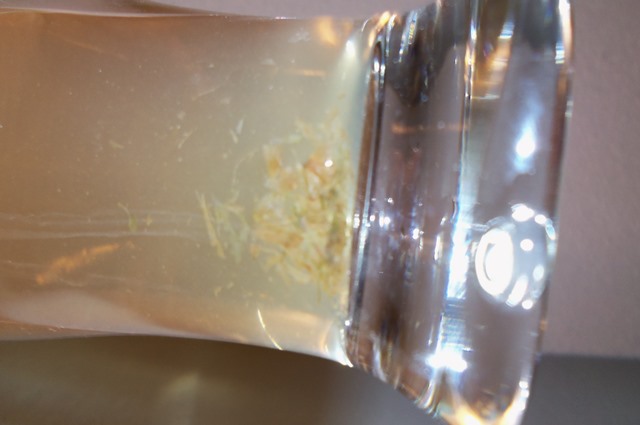Evening HBT,
Been using a chill plate for awhile? Always had the dark cloud in the back of your mind on how clean is clean with all the sealed plates?
After brewing I run mine through the gambit...PBW both forward and reverse....baking it at 300 degrees and higher for 60+ minutes.....running sanitizer... all the normal ways that we have learned over the years with a chill plate cleaning and sanitizing. Tonight my eyes got opened....
SWMBO bought me an early Christmas gift of a steamer cleaner system. Mainly to assist in cleaning my brewing equipment, but I think she has some other ideas to use it for!
I took my chill plate and ran 215 pressurized steam through it for about 5 mins. (This is when my plate got tooooo hot to hold onto.) **If you do this, use an oven mitt or towel to protect your hands!**
Below is what was blown out of my plate after 5 mins. I plan on running it for about 10-20 mins until my mind is settled and then I will go back through the gambit again!
I'm not posting this as an anti-chill plate, just a reminder to clean and then clean again of your brewing components.

Been using a chill plate for awhile? Always had the dark cloud in the back of your mind on how clean is clean with all the sealed plates?
After brewing I run mine through the gambit...PBW both forward and reverse....baking it at 300 degrees and higher for 60+ minutes.....running sanitizer... all the normal ways that we have learned over the years with a chill plate cleaning and sanitizing. Tonight my eyes got opened....
SWMBO bought me an early Christmas gift of a steamer cleaner system. Mainly to assist in cleaning my brewing equipment, but I think she has some other ideas to use it for!
I took my chill plate and ran 215 pressurized steam through it for about 5 mins. (This is when my plate got tooooo hot to hold onto.) **If you do this, use an oven mitt or towel to protect your hands!**
Below is what was blown out of my plate after 5 mins. I plan on running it for about 10-20 mins until my mind is settled and then I will go back through the gambit again!
I'm not posting this as an anti-chill plate, just a reminder to clean and then clean again of your brewing components.






